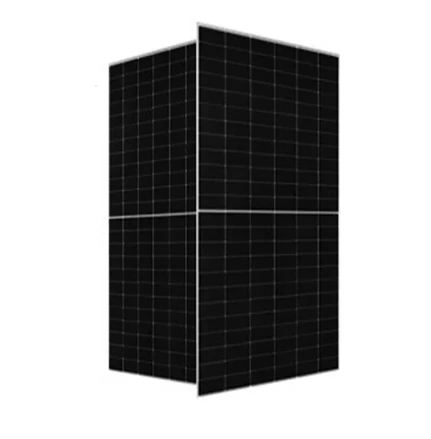frameless bifacial solar panels
Exploring Frameless Bifacial Solar Panels A Sustainable Energy Solution
As the world continues to seek more sustainable energy solutions, solar power has emerged as a leading contender. Among the various innovations in solar technology, frameless bifacial solar panels are gaining attention for their unique design and enhanced efficiency. This article explores the benefits and applications of frameless bifacial solar panels, highlighting how they contribute to the renewable energy landscape.
What are Frameless Bifacial Solar Panels?
Frameless bifacial solar panels are a type of photovoltaic (PV) module that can capture sunlight from both sides. Unlike traditional solar panels that have a frame made of aluminum or other materials to support the glass, frameless panels lack this structural component. This design allows for a more lightweight and streamlined product, reducing the material use and potentially lowering production costs.
The term bifacial signifies that these panels are capable of harnessing solar energy from both their front and rear surfaces. The rear side can capture sunlight that reflects off surrounding surfaces such as the ground, rooftops, and other nearby objects. This dual-sided energy conversion enhances the overall efficiency of solar installations and can significantly boost energy production.
Advantages of Frameless Bifacial Panels
1. Increased Energy Yield One of the most significant advantages of bifacial panels is their ability to generate more electricity compared to traditional single-sided panels. Studies have indicated that bifacial solar modules can produce anywhere from 10% to 25% more energy depending on the installation conditions, such as the albedo (reflectivity) of the surface beneath the panel.
2. Durability and Longevity The absence of a frame can lead to enhanced durability. Frameless panels are less susceptible to issues like frame corrosion or structural failure caused by environmental stress. Moreover, many frameless bifacial solar panels are designed for enhanced resistance to weather elements, thus extending their lifespan.
frameless bifacial solar panels

3. Aesthetic Appeal The sleek and minimalistic design of frameless solar panels may be more visually appealing for residential and commercial installations. The seamless look can integrate better with architectural elements, making them a more attractive option for building-integrated photovoltaics (BIPV).
4. Flexibility in Installation Frameless bifacial panels can be installed in various configurations, including vertical and tilted positions. This adaptability allows for innovative mounting solutions that can optimize energy capture based on specific project needs.
5. Sustainability The reduction of materials used in the absence of a frame contributes to a lower carbon footprint during the manufacturing process. Furthermore, increased energy yield means that fewer panels are needed to achieve the same energy output, promoting efficient land use and resource management.
Applications of Frameless Bifacial Solar Panels
Frameless bifacial solar panels are suitable for various applications. In utility-scale solar farms, the panels can be installed on reflective surfaces or combined with tracking systems to maximize sun exposure throughout the day. In rooftop installations, homeowners might prefer frameless options for their aesthetic appeal and space efficiency.
Agrivoltaics, an innovative approach that combines agriculture and solar energy production, also benefits from frameless bifacial panels. By installing these panels above crops, farmers can harness solar energy while providing shade, improving crop yields in certain climates. This symbiotic relationship underscores the potential for bifacial technology to enhance both energy production and agricultural efficiency.
Conclusion
Frameless bifacial solar panels represent a significant advancement in solar technology, offering enhanced energy efficiency, durability, and flexibility. As the demand for sustainable energy solutions continues to grow, these innovative panels present a viable option for various applications, from residential rooftops to large-scale solar farms. With the world increasingly focused on reducing its carbon footprint, technologies like frameless bifacial solar panels are not just an option; they are a necessary step towards a more sustainable and energy-efficient future. As innovations continue to improve, the potential for frameless bifacial solar panels to reshape the renewable energy landscape is indeed considerable.
-
Navigating Off Grid Solar Inverter: From Use Cases to Trusted PartnersNewsAug.05,2025
-
Solar Edge String Inverter: A Wholesaler’s Guide to Inverter Technology SelectionNewsAug.05,2025
-
Microinverters: Revolutionizing Solar Energy UseNewsAug.05,2025
-
Future of Monocrystalline Solar Panel Efficiency: Latest Technological AdvancesNewsAug.05,2025
-
Solar Panels for House: A Complete Guide to Residential Solar EnergyNewsAug.05,2025
-
Panel Bifacial Performance in Snow and Low-Light ConditionsNewsAug.05,2025







